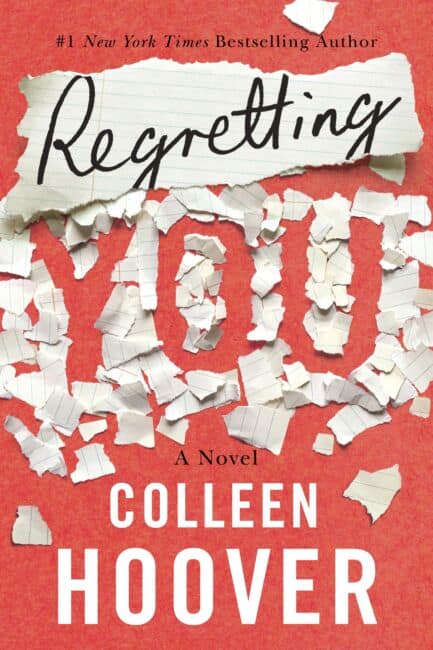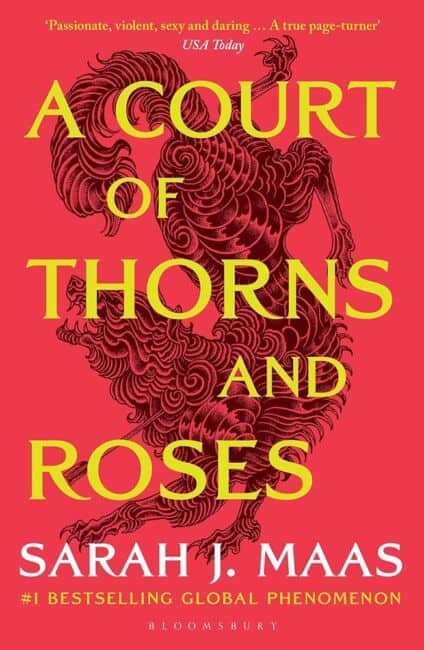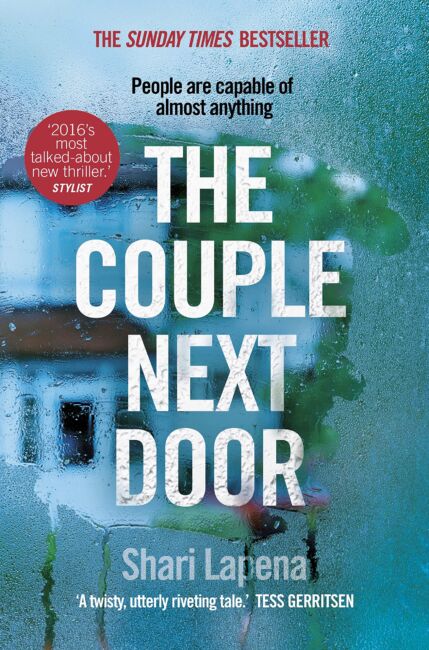Kindle vs Paperbacks: Which is Better?

Few things in life are better than the smell of a book, right? From the satisfying crack of a paperback spine to dog-eared pages, physical books have been delighting readers since the codex.
But, in 2007, bookworms were roused from their pages with the release of the Kindle, sending ripples through the reading community. Readers had a choice to make — pledge allegiance to the physical book and die on that hill or embrace this exciting technology and the new style of reading it offered.
Nearly 20 years later, we still haven’t made up our minds.
In this blog, we examine the case for Kindles and explore the reasons why we just can’t bring ourselves to let go of the classic hardback.
The ‘digital divide’
In recent years, a divide has opened up in the reading community, between self-proclaimed ‘e-readers’ and stubborn physical copy lovers. Some readers will argue that it’s akin to blasphemy to abandon paper copies while, in another corner of the internet, BookToks of readers decorating their new Kindle cases rack up millions of likes and views. But, who’s right?
As book reviewers, we try not to get too embroiled in the messy business of how people are reading, concerning ourselves more with what is being read. We believe that reading is too personal an activity for there to be a universal ‘right’ answer or ‘correct’ way to do it. Moreover, anything that makes books more accessible to a wider range of readers is a good thing in our (e)book.
Below, we take a look at the respective benefits and drawbacks of both of the reading options so that you can make your own decision of which works for you — or whether both would be favourable.

A good old-fashioned paperback
Whether you’re an e-reader or not, you have to admit that there is something so unique about the experience of reading a physical book. Perhaps it’s the palpability that fosters such an experience — you hold it in your hands, manually turn every page, you may well underline certain parts, flick backwards or forwards, bend the book, smell the book, use the book as a coaster — or even a doorstop! The tangibility of the physical book simply cannot be understated.
But there are other reasons why readers so doggedly favour physical copies over virtual ones, too.
Book sharing
Lending a friend or family member a book is the ultimate gift of goodwill (and, if you ask us, a test of loyalty). In some respects, books are like commodities to be exchanged among loved ones, forging bonds.
Book collecting
For many people, reading is as much about collecting books as it is about consuming the stories within them. From grand Victorian libraries to modern-day book hauls and shelf tour videos, book collections have always been a coveted aspect of physical books.
Buying books
When asked ‘Would you rather like a new pair of shoes or a voucher for them?’, most people would probably say the shoes. Maybe it’s the dopamine of buying and immediately possessing a physical item, but book buying brings so much joy to many readers (who should, ahem, definitely take a look at the size of their TBRs).
Sentimentality
Stories hold thousands of memories — and books as objects can too. From family heirlooms to birthday gifts, books are (quite literally) bound up with notions of sentimental value. Go to any second-hand bookshop and, after opening a few covers you’re bound to see inscriptions and dedications aplenty. Physical books help people express feelings as much as greeting cards do.

The case for Kindles
Let’s now take a look at the case for Kindles — not the actual cases of course (though, we’ll touch on those later).
Since their invention and release, tablets designed for reading have been helping readers across the world access literature in a new and improved format.
Sleek and slim, but able to contain thousands of titles, Kindles seem to do and be everything that physical books aren’t. The points below outline just a few of the core appeals of the Kindle over their paper cousins:
Portability
Maybe fashion has just changed, or maybe we’re all turning into minimalists, either way, bags are getting smaller. People don’t carry briefcases any more, they’re travelling lighter — and that means limited scope for bringing hardback copies of our favourite fantasy trilogies around. The Kindle neatly solves this problem, offering a succinct solution in the form of hundreds of books in the space of a slice of bread. We see the appeal.
Modern preferences
An often overlooked reason why so many individuals opt for Kindles nowadays is that they are better aligned with mainstream modern preferences than books are right now. Especially among the younger generations who almost exclusively consume content in a digital format, words on a screen (in a device) are arguably more familiar and intuitive to them.
Customisation
Kindles are something of an expression of identity at this point with hundreds of accessories, cases, and – you guessed it – stickers. Thanks to their growing popularity with online communities (Etsy sellers, Redbubble retailers, and the BookTok community), Kindles have developed into a trendy must-have to decorate according to your tastes. And we think that’s a really cool way to extend literature beyond the page!
Accessibility
Of course, there are also many valid practical reasons behind the Kindle’s success — accessibility being one of them. For some individuals, holding a heavy hardback book for hours at a time is simply not a feasible activity. Kindles, on the other hand, are light and easy to hold — especially with the help of attachments. Similarly, you can adjust the font size and brightness of Kindles, something not possible in physical books, making it easier for the elderly or people with visual impairments to access stories too.
Eco-friendliness
Lastly, while this one might seem obvious, Kindles don’t use paper, making them a handy solution to a growing paper consumption problem.
The best of both worlds?
Looking at the points above, it becomes clear that, where one falls short, the other excels — and vice versa. Where Kindles offer adjustable font sizes, books help prevent eye strain from excessive screen time. Where books can act as gifts, Kindles seem to be the gifts that keep on giving with thousands of titles in one place.
It’s hard to pick a clear winner. So, we’re not going to. Instead, why not let the two live in harmony? If you’re travelling on a long-haul flight, a Kindle with multiple titles will help you save space. If you’re re-visiting your favourite book, a physical copy will help enrich the reading experience. Can you see what we’re getting at, here? Why not use both at your discretion?
A book is a book is a book…
Whether you’re into reading thrillers in the palm of your hand on the train or slow-burn romances with a pencil in hand on the sofa, underlining the best bits, to us, you’re reading — and that’s what matters.
In a world where the internet and short-form content threaten to reduce the human attention span into almost nothing at all, books in any form have it tough. So, reading community, can we agree to disagree on this one, and recognise that a story can be just as powerful if it can give you a papercut or requires a charger?
For more bookish debates, tips, and reading guidance, keep up with the Victoria Freudenheim blog. In the meantime, why not get inspired by our top-rated and latest reviews?




